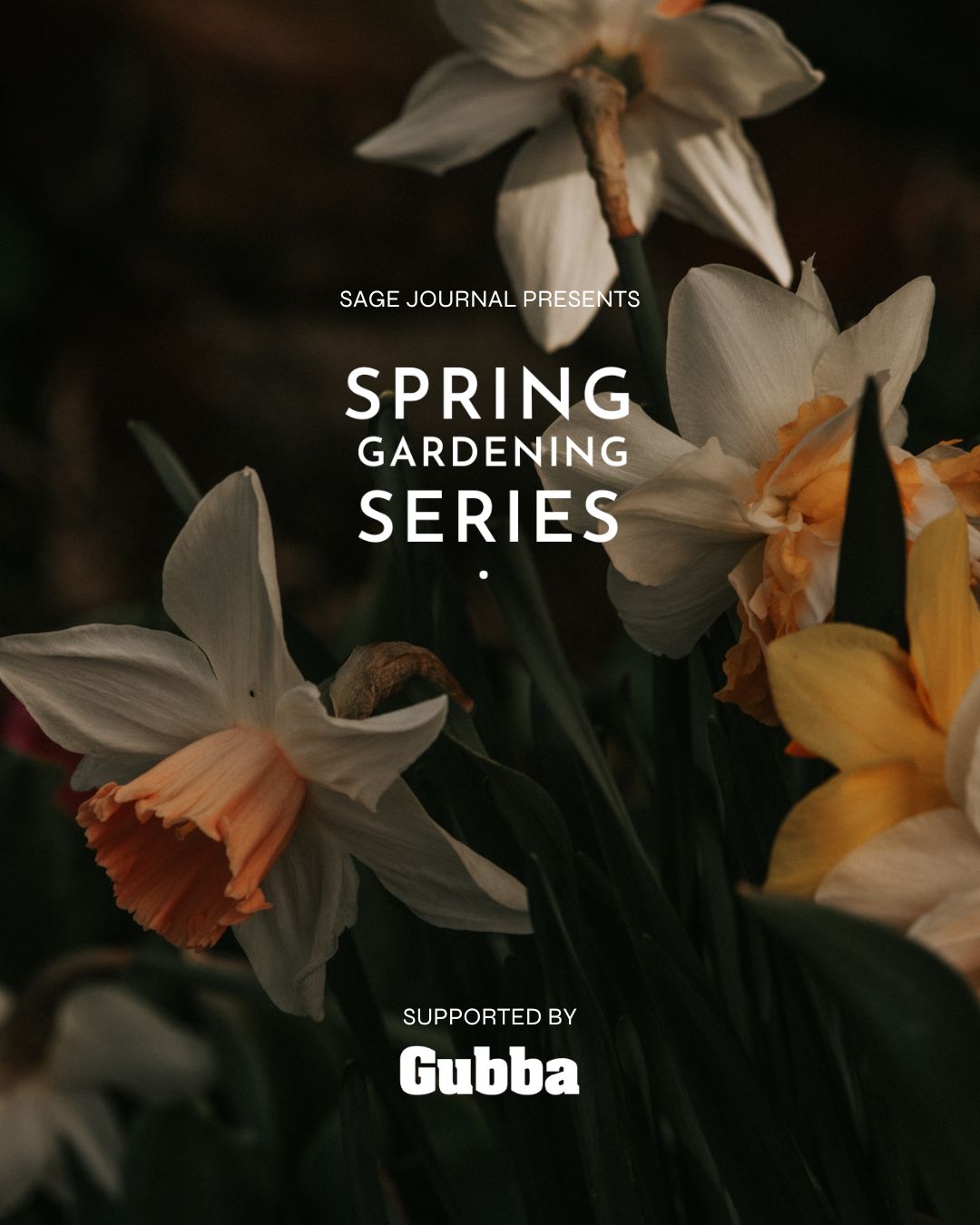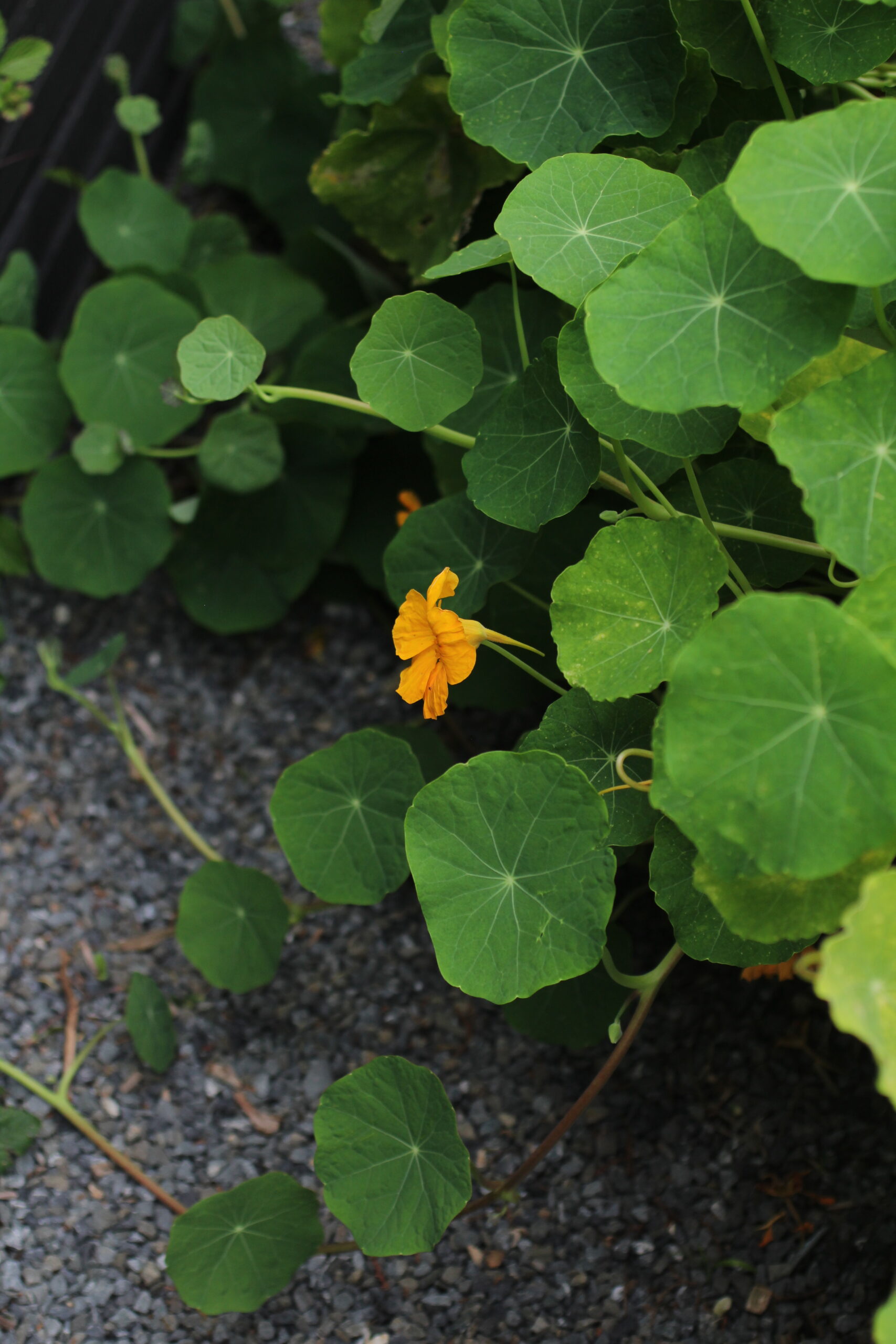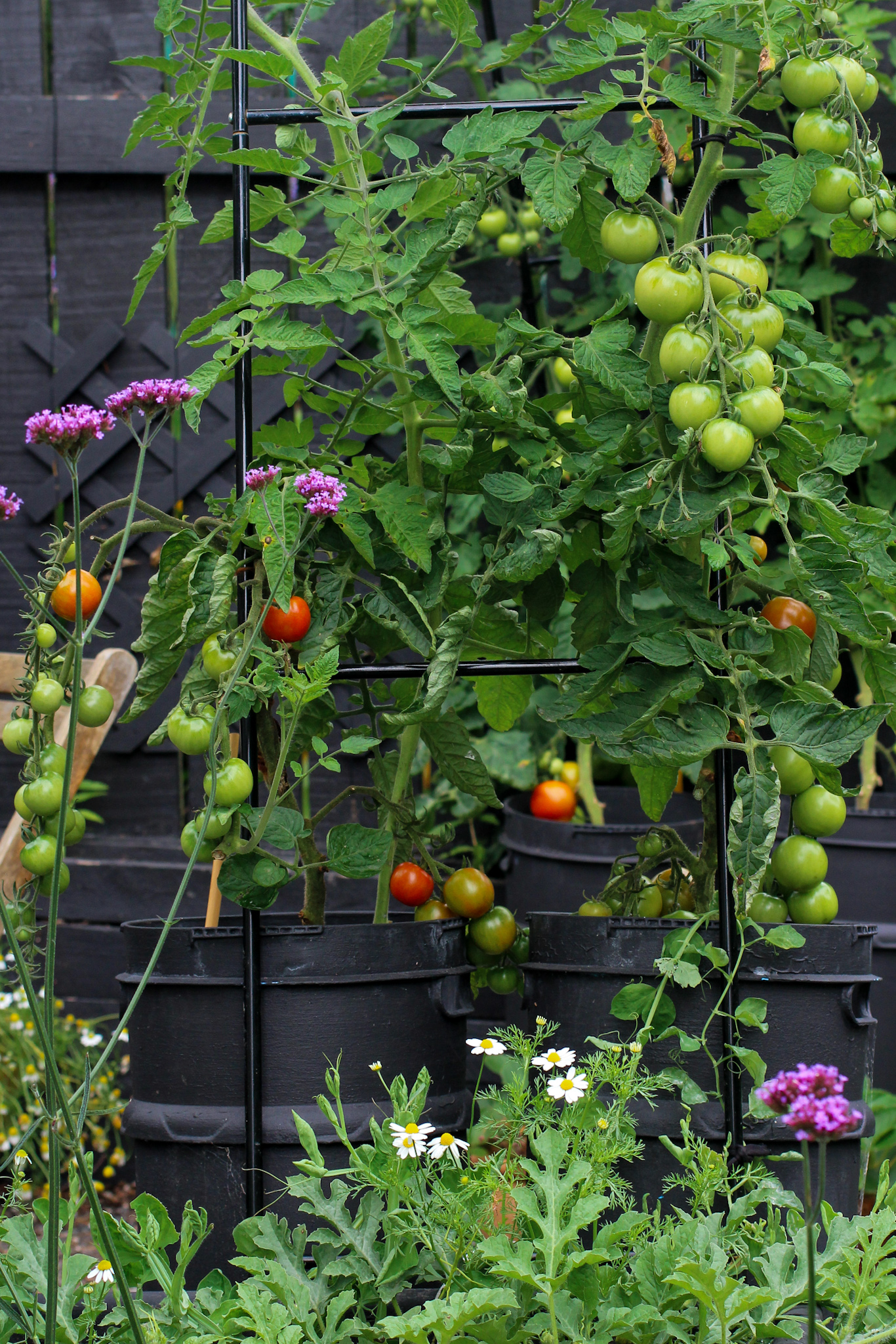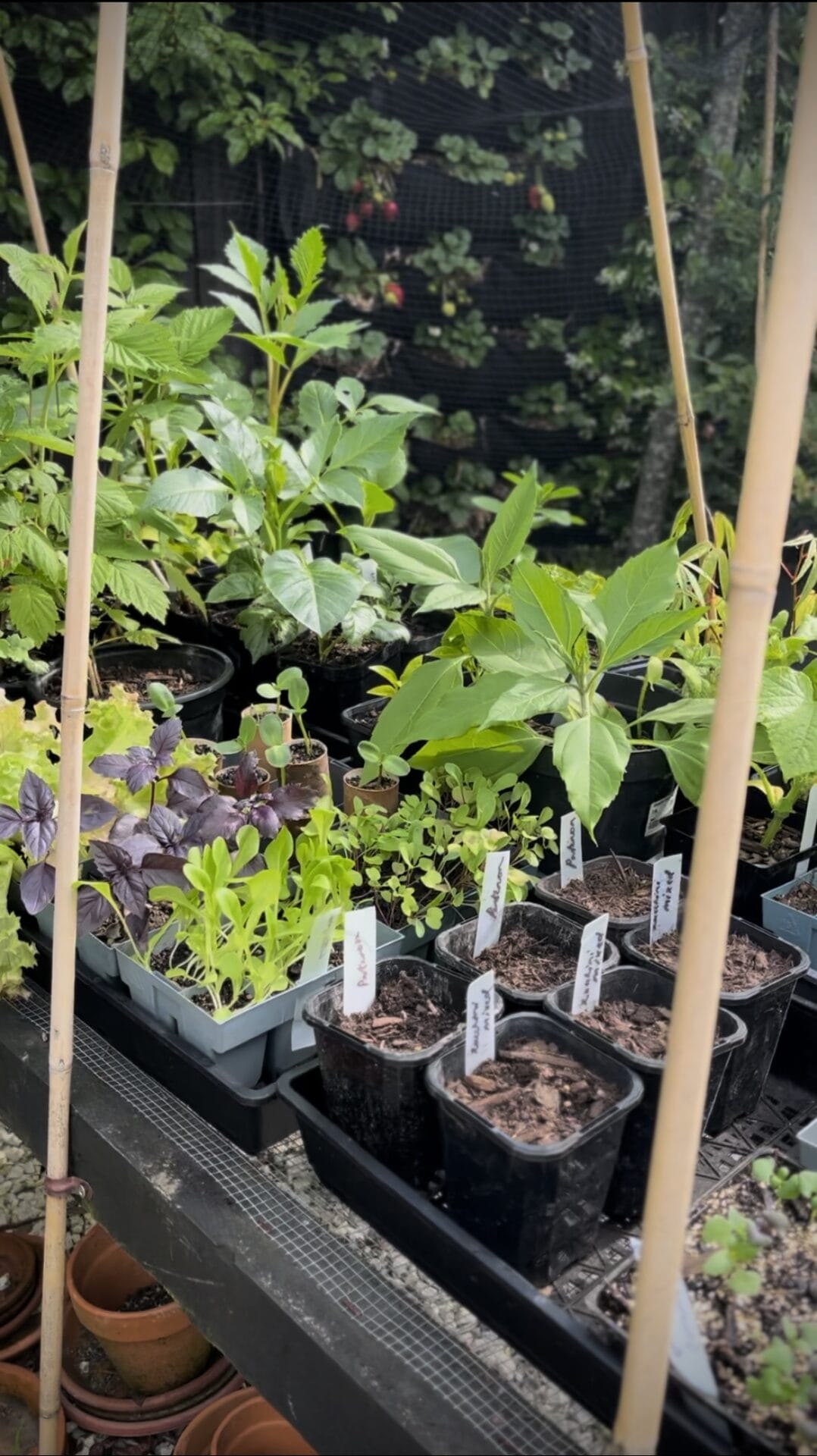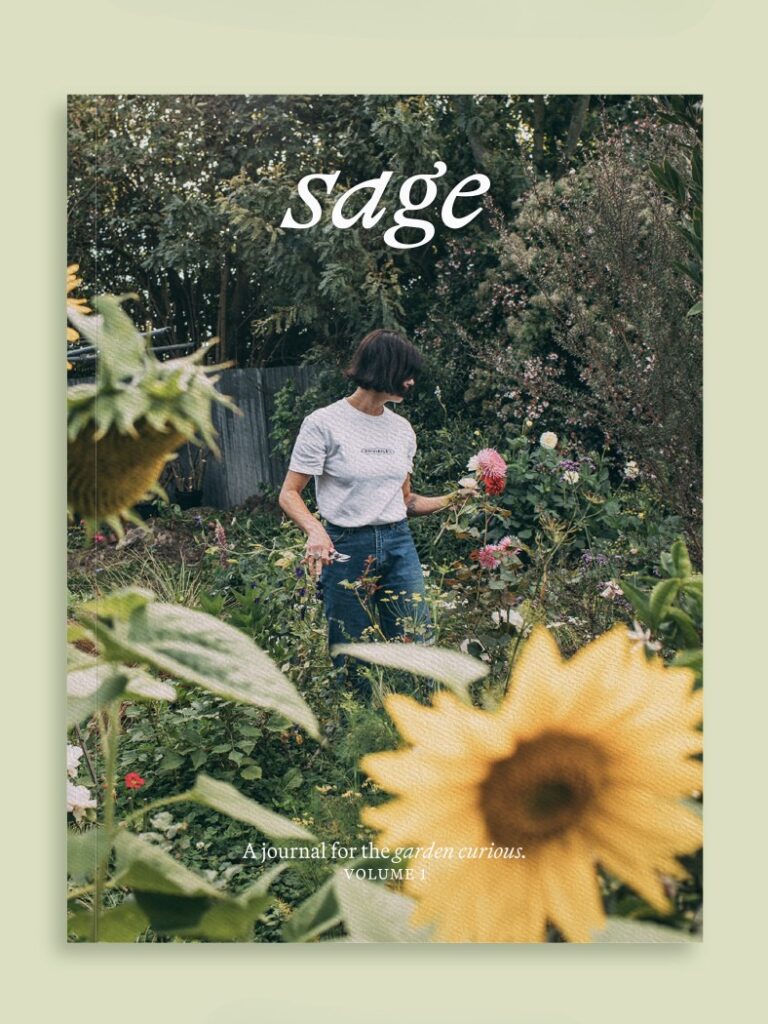Your cart is currently empty!
October gardening guide | Feeding, sowing & planting in your mid-spring garden
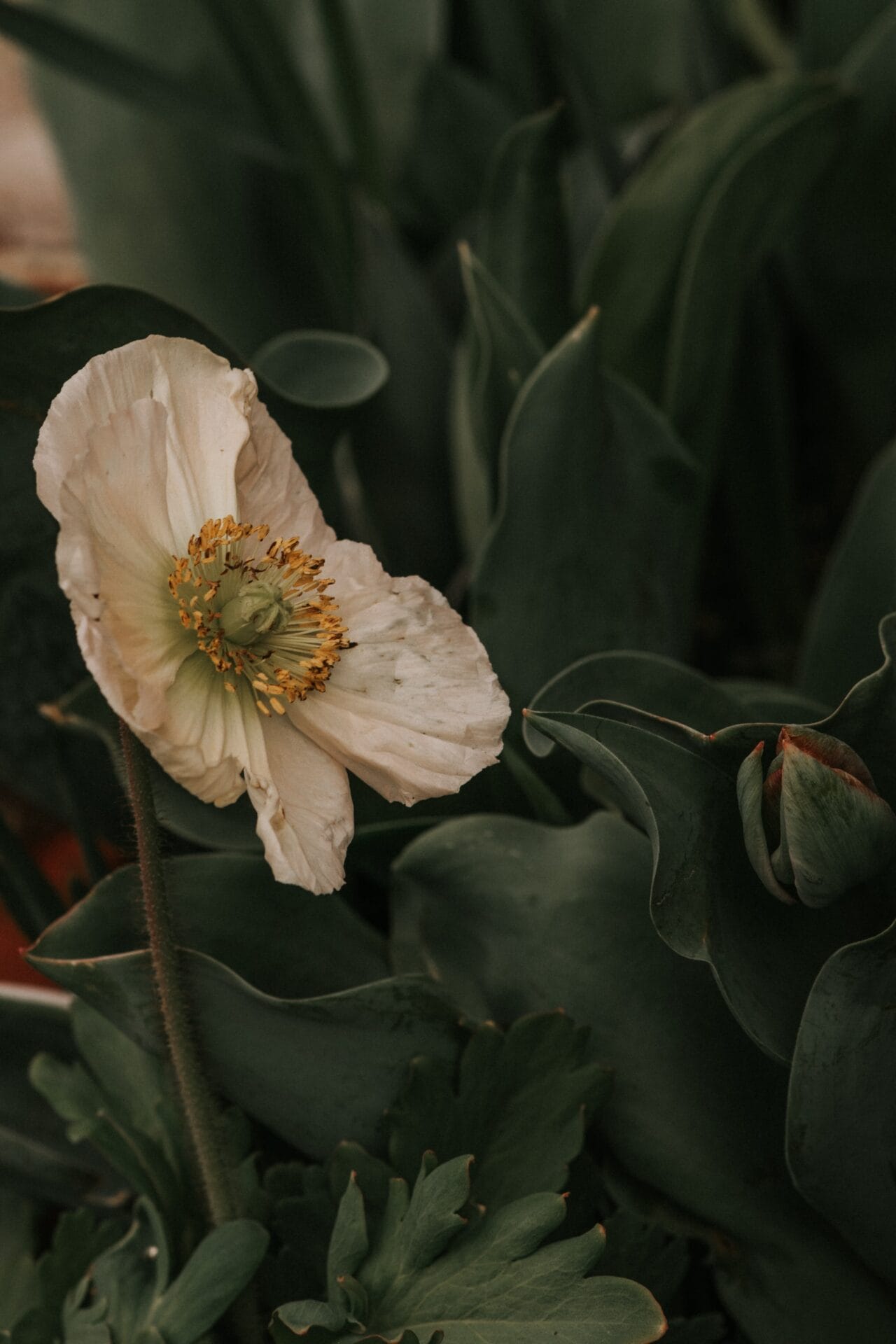
October gardening guide | Feeding, sowing & planting in your mid-spring garden
Feeding, sowing & planting. What to do & plant in your garden for mid spring.
The 2025 Spring Gardening Series is supported by Gubba Garden Store.
Mid spring! Now is usually a time of the perfect combination for spring growing conditions – sunshine, rain and warmer days.
Make sure you have your young trees well staked, as spring is also a time of high winds.
This guide covers a bunch of October garden tasks, including suggestions of what you can plant this month.
Labour weekend gardening
25-27 of October is Labour weekend – which is traditionally a time for garden maintenance, makeovers and often when summer vegetable seedlings and flowers are planted out in the garden.
Often at Labour Weekend it’s tomato planting time, along with many of our summer crops like courgette, cucumbers, capsicums, chillies, eggplant and sweetcorn.
In Aotearoa New Zealand, there’s still the potential for cold snaps, so keep frost covers and cloches handy. If you’re down south (particularly Christchurch and below) – it might be best to hold off until mid November for heat-loving veggies.
—
To help with planting out your seedlings this month, we recommend getting a hori hori for digging your holes for planting them in – especially if your soil is feeling compacted or full of roots. [ Get 10% off at Gubba with code: SAGEJOUNAL2025 ]
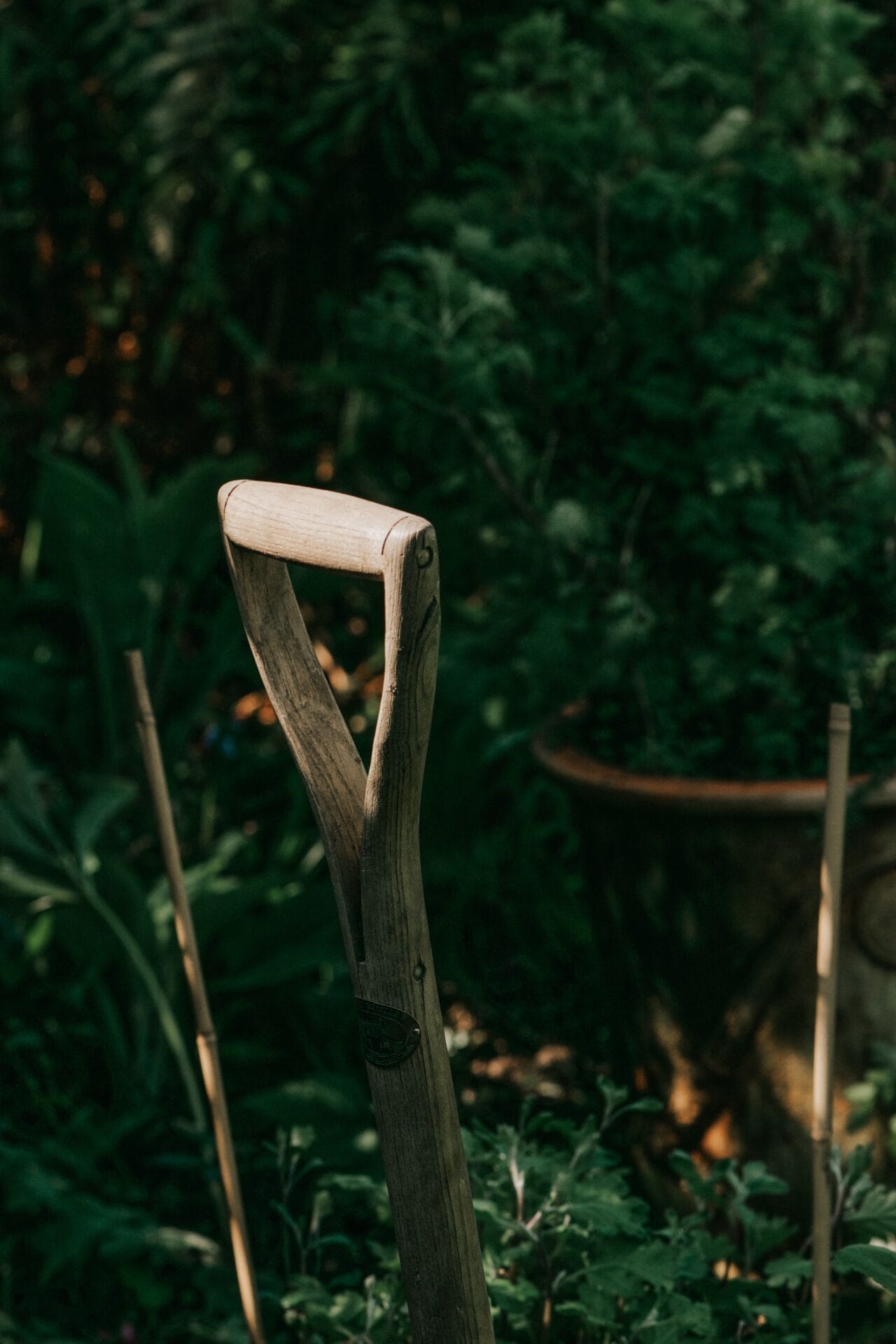
Photo by Mel Adams.
October tasks: Mid-spring gardening
October is the busiest month for the garden and the gardener. Growth is so rapid it almost seems to happen before our very eyes.
Here is a quick overview of some of the key October tasks to tackle over the coming weeks:
Liquid feed
Give your gardens a boost with liquid feed. You can easily make your own fermented fertiliser teas to regularly feed your vegetables, fruit trees, annuals and perennials through spring.
— Feed citrus
Feeding helps to encourage fruiting and flowering. Sprinkle blood & bone around the outer edge of branches, and mulch the base of trees – helping shallow roots get nutrients and stay protected.
Mulch fruit trees
Mulch the bases of your fruit trees. This will help with spring weed control, boosting nutrients, moisture retention and keep the soil temperature cool enough when the summer months approach. Use: leaves, wood/bark chips, pea straw.
Prep the garden for summer veggies
Clear the garden as things begin to go to seed, add compost and erect climbing structures required for summer vegetables.
Plan your veggie rotation
With all the seedlings getting ready to be planted out, now’s a good time to design the bigger picture for your veggie garden with a spring planting plan and annual rotation plan.
You can generally follow the principle that a. “givers” (e.g. legumes) are followed by b. “high feeders” (e.g. solanaceae, cucurbits, brassicas) followed by c. “low feeders” (e.g. roots and alliums).
But the soil is very forgiving. The aim is to avoid planting the same in each space year after year, so any crop movement between seasons is good.
Sow edibles
Because of the warmer weather in mid spring, many seeds can go straight into the ground over the next few weeks. It’s a good idea to stagger the planting of your seeds so you get a longer and staggered harvest.
Below are some of the things you can sow right now:
Indoor
Beans, capsicum, chilli, cucumber, eggplant, melons, pumpkin, sweetcorn, tomato, zucchini.
Outside
Beans (warmer areas), beetroot, cauliflower, carrots, celeriac, lettuce/salad greens, onions, parsnip, peas, radish, rocket, silverbeet, spinach, spring onions, herbs (basil, coriander, dill, parsley).
— Watch out for late frosts – wait a few more weeks to sow direct in cooler areas
Sow flowers
In trays (indoors)
Zinnia, rudbeckia, sunflowers
Direct sow
Cornflower, dara, agrostemma, calendula, orach, mignonette
Pot on seedlings
With the first of the sown seeds big enough (having two true leaves) to prick out and pot on, it’s key to ensure your green babes have good even light in order to grow straight and stout.
Insufficient light will result in leggy seedlings which can fail to thrive and are simply less rewarding to work with.
In lieu of a glasshouse, a large clear lidded under-bed type storage box is perfectly sufficient (ie. Sistema). Placed outside during the day, the lid can be propped open atop the handles to ensure seedlings don’t cook or drown in spring’s changeable weather. Bring inside in the evening to protect from plummeting nighttime temperatures.
Herbs herbs herbs
Plant basil, coriander, chives and chervil in warm, frost-free areas.
Cut back sage, thyme and mint to encourage fresh new growth for the summer harvest.
Always plant coriander and parsley (and lettuces) in part shade to protect them from the afternoon sun – this will help slow down their chances of bolting.
Sow green manures
With winter’s veggies coming out, and garden beds waiting for spring sown transplants to size up, take the opportunity to fill any gaps of bare soil with green manures which can be chopped and dropped back on the soil at any stage of growth.
A bulk bag of buckwheat means a good scattering of seeds is always at hand, and once you come to value the life in your soil, a lush green swathe looks and feels much more satisfactory than soil left exposed to the elements.
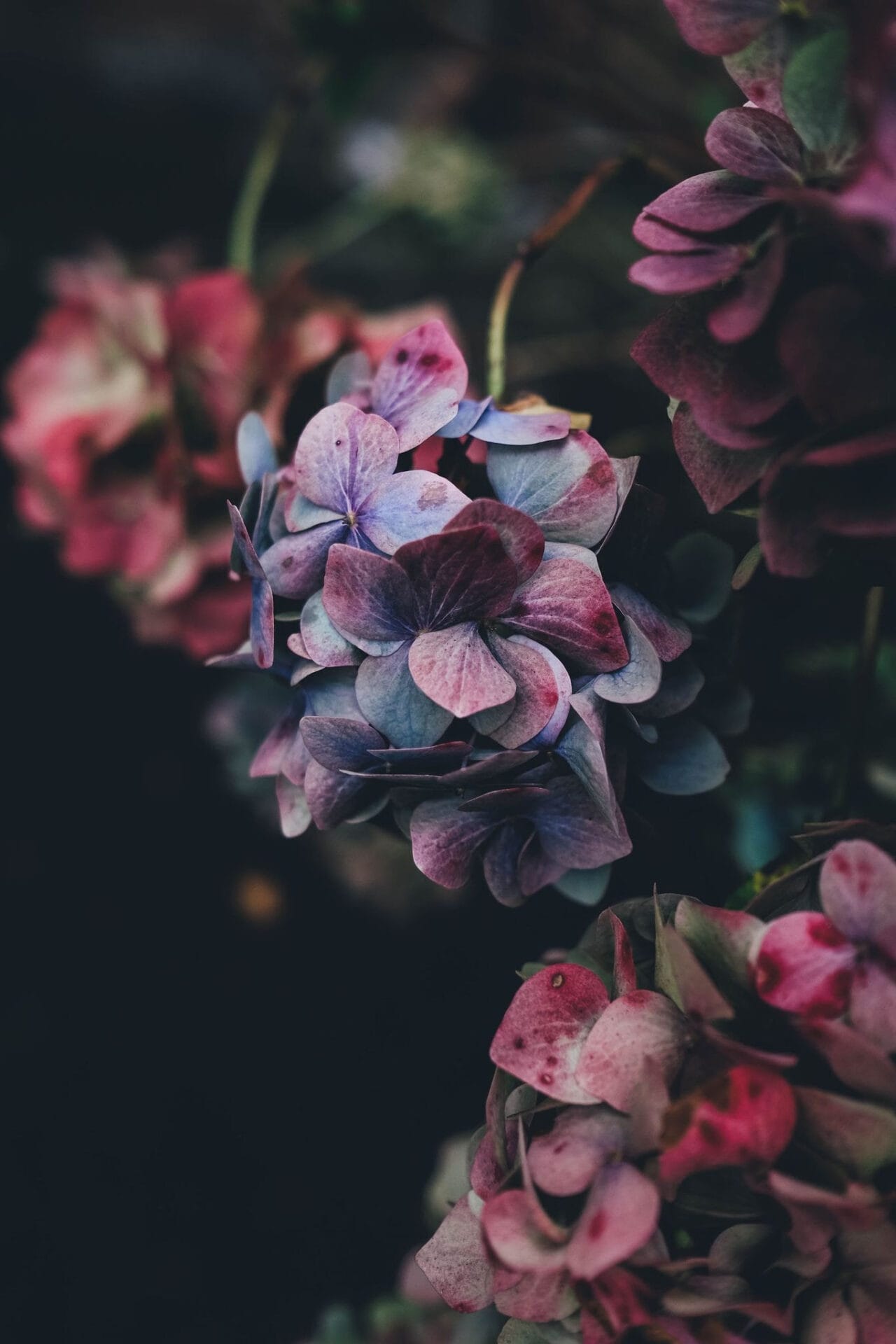
What to plant in October
In the orchard —
Plant passionfruit, tamarillos and citrus.
Summer bulbs —
Dahlias, gladioli, calla lily.
Annuals —
Cosmos, sweet peas, sunflowers, poppies, marigolds, nasturtiums, nemesia, snapdragons, zinnia.
Perennials —
Lavender, geranium, daisies, aster, ageratum, lobelia, alstroemeria, heuchera.
Hydrangeas —
Hydrangeas are an old-fashioned beauty, which looks elegant through summer but is hardy and vigorous growing in nature. Low maintenance and easy to propagate, this big bloomer should be planted and transplanted now (or in autumn) – just in time for flowering in summer.
Plant in a shady or semi-shady spot (they will cope in the sun, but the flowers will suffer if it’s too hot).
Fun fact about hydrangeas and their colour:
Many types of hydrangeas will change the colour of their blooms depending on the acidity of soil they’re in. (Though white flowering hydrangeas will usually stay white, no matter what the soil type.)
Acid = blue
Alkaline = pink / red


